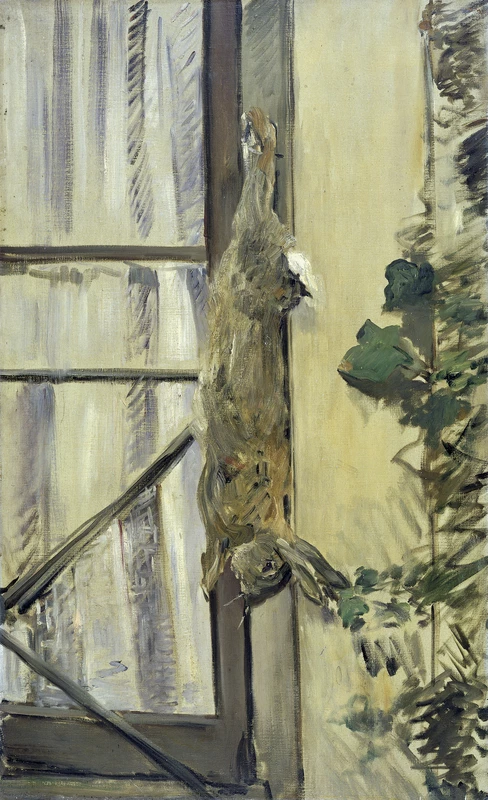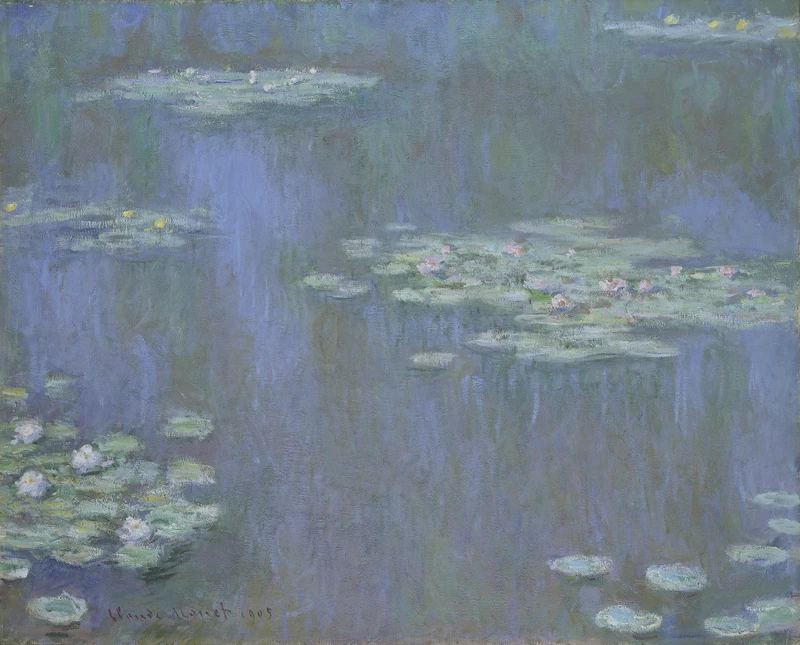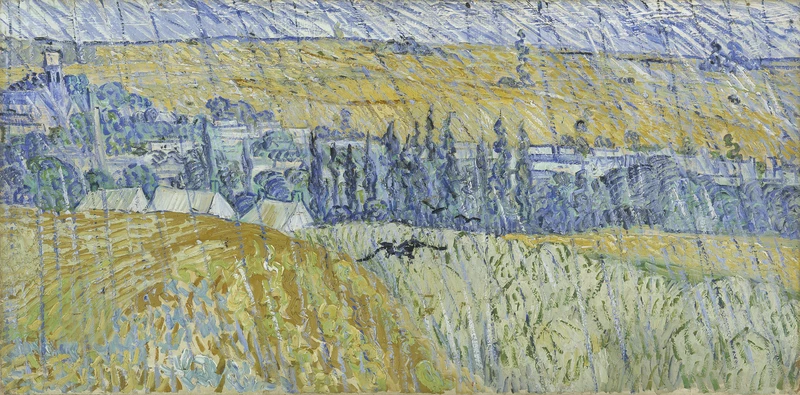Gregynog: Arts and Music for Wales
After the First World War, Gwendoline and Margaret Davies were determined to help people whose lives had been shattered by the war and to do what they could to improve living conditions at home.
In 1920, they bought Gregynog Hall from their brother, who had bought it as an investment in 1914. Gregynog might have been a quiet retreat to receive company, but the sisters wished it to be a place of use and of beauty that they could share with many for the benefit of others.
The sisters championed many social, economic, educational and cultural initiatives in Wales during the 1920s and ’30s. They hoped that conferences held at Gregynog would go some way towards building a new Wales in the aftermath of the First World War.
Visitors to Gregynog
George Bernard Shaw and Thomas Jones at Gregynog. Private collection (Lord Davies)
A huge range of organisations met at Gregynog. Conferences were attended by eminent national and international educationalists, politicians, and peace and social welfare campaigners.
The magnificent collections at Gregynog were seen by its many visitors. Writing in 1938 Mary Hackett, a visiting Australian, wrote home ‘Did I tell you of the Music Room with its wall hung with priceless pictures, the works of Turner, Monet, Manet and many others’.
The most frequent visitor was Thomas Jones. As Deputy Cabinet Secretary, he knew many prominent figures from politics and the arts. The playwright George Bernard Shaw and Stanley Baldwin, the Prime Minister, were among those for whom he arranged invitations to Gregynog.
Shaw and his wife Charlotte visited in 1930, 1932 and in 1933. Each evening after dinner Shaw read to the assembled company his play On the Rocks. Gwendoline told a guest: ‘Charlotte and G. B. S. came over from Malvern. We enjoyed them immensely. We just let him talk – and we talked to her!’
The Davies sisters and music
Music was a vital part of the sisters’ lives. They received a better musical education than was usual in well-to-do families.
Musical provision in Wales was patchy, and most people’s contact with music was through chapel alone. Although there were music departments at three of the universities, there was a tendency towards insularity and standards of instrumental composition were not high.
The sisters were among a group who wanted to change attitudes and access to music in Wales. They were active in pockets of progressive activity, such as the Welsh Folk Song Society and the University Music Club at Aberystwyth.
The Gregynog Festival
The Music Room. This photograph illustrates the Music Room as used for the summer festivals in the 1930s. Manet’s Rabbit is on the left-hand wall and visitors remember Monet’s water lily paintings and Pissarro’s Pont Neuf here.
Private collection (Lord Davies)
Musical activity at Gregynog reached a peak in the 1930s with the Gregynog Festival of Music and Poetry. The Festival ran annually from 1933 to 1938. It was a three- or four-day affair, with concerts taking place in the 200-seat Music Room. Collections were taken for local causes. The poetry element was considered just as important as the musical.
The festivals played host to important figures of the period, including the composers Ralph Vaughan Williams, Edward Elgar, and Gustav Holst, the conductor Adrian Boult, the poet Lascelles Abercrombie and performers including Jelly d’Arnyi and the Rothschild Quartet.
Despite the international flavour of the performers, there was a Welsh emphasis, with many local musicians participating. The programme generally comprised contemporary and not-so-contemporary British music, European chamber classics and a Welsh folk-song element. Choral music dominated, and on every festival Sunday, religious works were programmed.
The end of an era
The 1930s were the heyday of musical activity at Gregynog. The festivals ceased at the outbreak of war in 1939 as the sisters turned their attention to the war effort. The deaths of Walford Davies in 1941, and of Gwendoline ten years later in 1951, had a profound effect on the musical life of Gregynog. Though plans were mooted to transform the Hall into a centre for Welsh music, these never came to fruition.
At his appointment to the post of Gregynog Professor of Music at Aberystwyth in 1954, Ian Parrott resurrected the musical spirit of the Hall by reviving the Festival in 1955. This ran until 1961 and adhered largely to the ethos of the 1930s programmes. In 1988, the Festival was revived once more, this time by the tenor Anthony Rolfe Johnson, and continues today under the direction of Rhian Davies, a tangible example of the sisters’ musical legacy in Wales.
Guide to the paintings
(1841–1919), La Parisienne, oil on canvas, 1874
Renoir’s La Parisienne, according to Eirene White, ‘hung in the small entrance hall, facing the main door to the Music Room’. The present Lord Davies recalls visiting in about 1960 and seeing the Sisley of Moret (purchased by Margaret that year) and Berthe Morisot’s At Bougival in the drawing room with Derain’s Madame Zborowska over the fireplace.
(1832–1883), The Rabbit, oil on canvas, 1881
This was originally intended to be part of a decorative cycle and was painted to be viewed at a distance. It was sold after Manet’s death to the dealer Durand-Ruel. It was purchased by Gwendoline Davies from Bernheim-Jeune for £1,000 in 1917. It later hung at Gregynog in the Music Room next to the Effect of Snow at Petit-Montrouge.
Amgueddfa Cymru (Bequest of Gwendoline Davies, 1951) NMWA 2466.
(1840–1926), Water Lilies, oil on canvas, 1905
Monet employed a man to tend the water lily ponds at Giverny. He worked daily cleaning the pond so that Monet could paint the reflections in the water. Gwendoline Davies purchased this work in July 1913. Both sisters were enthusiastic gardeners and they created their own lily pond at Gregynog where Margaret in later years liked to paint.
Amgueddfa Cymru (Bequest of Gwendoline Davies, 1951) NMW A 2484.
(1853–1890), Rain – Auvers, oil on canvas, about 1890
Van Gogh wrote to his brother of ‘the crows flying in circles over the fields’ which made him feel sad and lonely. This work was painted when Van Gogh was staying in Auvers and was being treated for depression. Gwendoline purchased it for £2,020 in 1920.
Amgueddfa Cymru (Bequest of Gwendoline Davies, 1951) NMW A2463.





